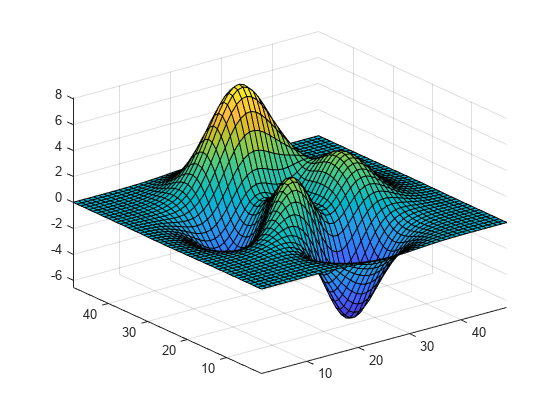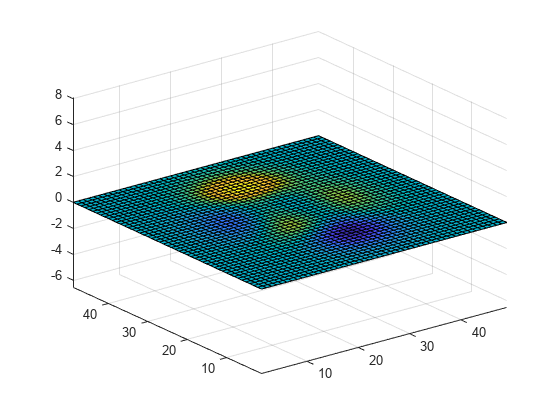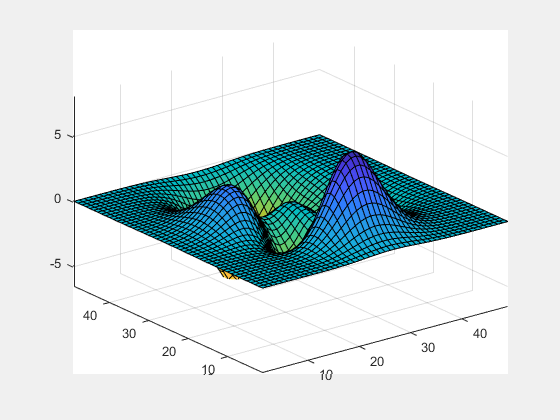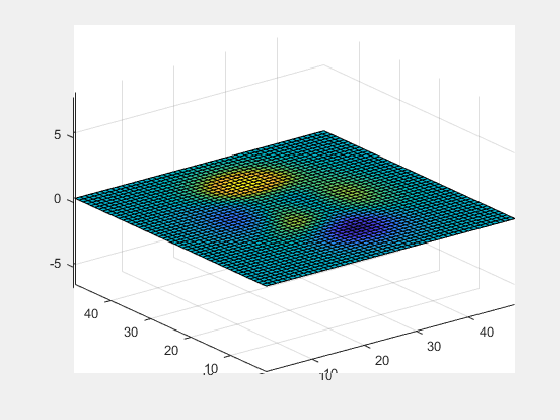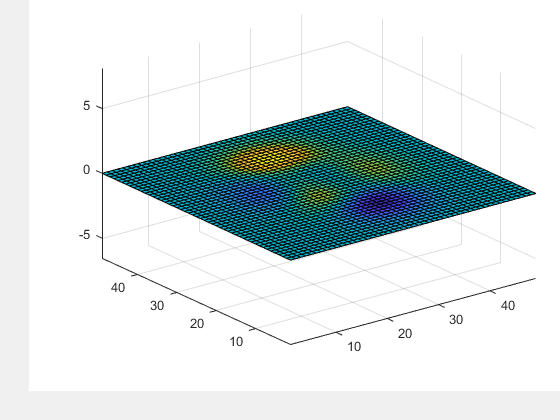movie
Play recorded movie frames
Description
movie( plays the movie centered in the
figure or axes identified by the figure or axes object h,...)h. Specifying the
figure or axes enables MATLAB® to fit the movie to the available size.
Examples
Input Arguments
Tips
The
moviefunction uses a default figure size of 560-by-420 and does not resize figures to fit movies with larger or smaller frames. To accommodate other frame sizes, you can resize the figure to fit the movie.Buffering the movie places all frames in memory. As a result, on Microsoft® Windows® and perhaps other platforms, a long movie (on the order of several hundred frames) can exhaust memory, depending on system resources. In such cases an error message is issued:
??? Error using ==> movie Could not create movie frame
You can abort a movie by typing Ctrl-C.
Version History
Introduced before R2006a

